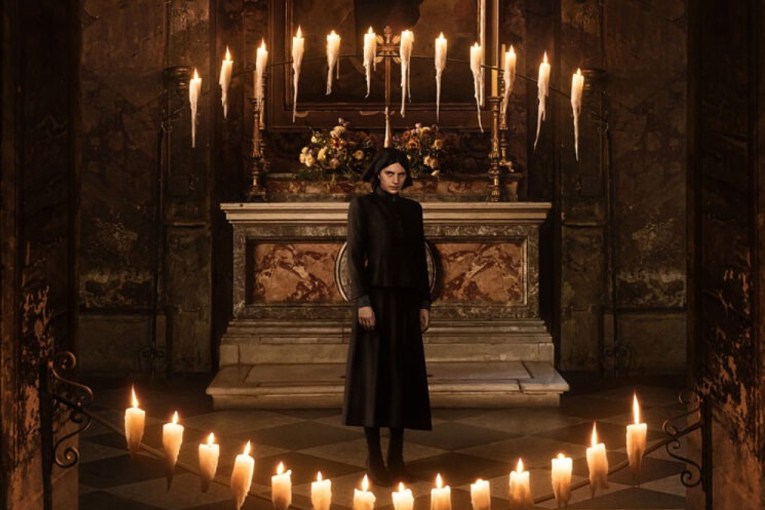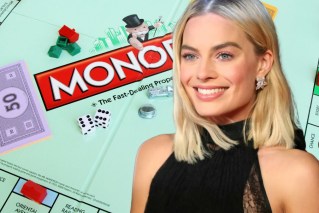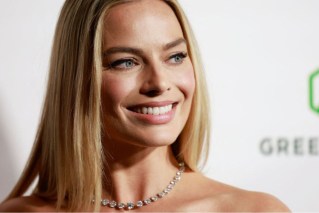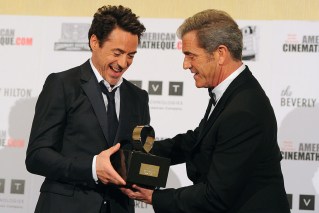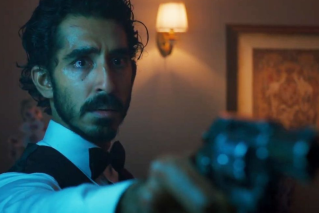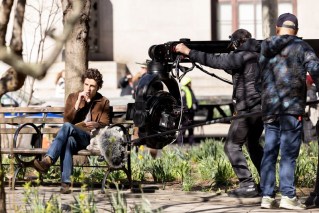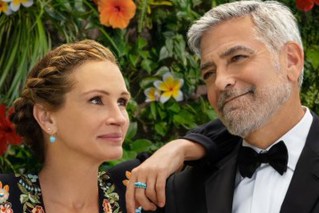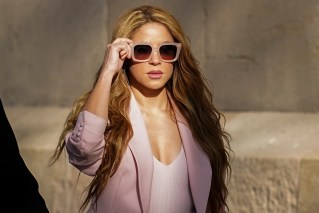The Downton Abbey effect: Why modern audiences are obsessed with period drama
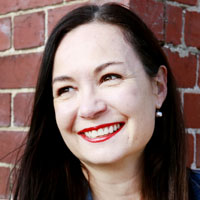
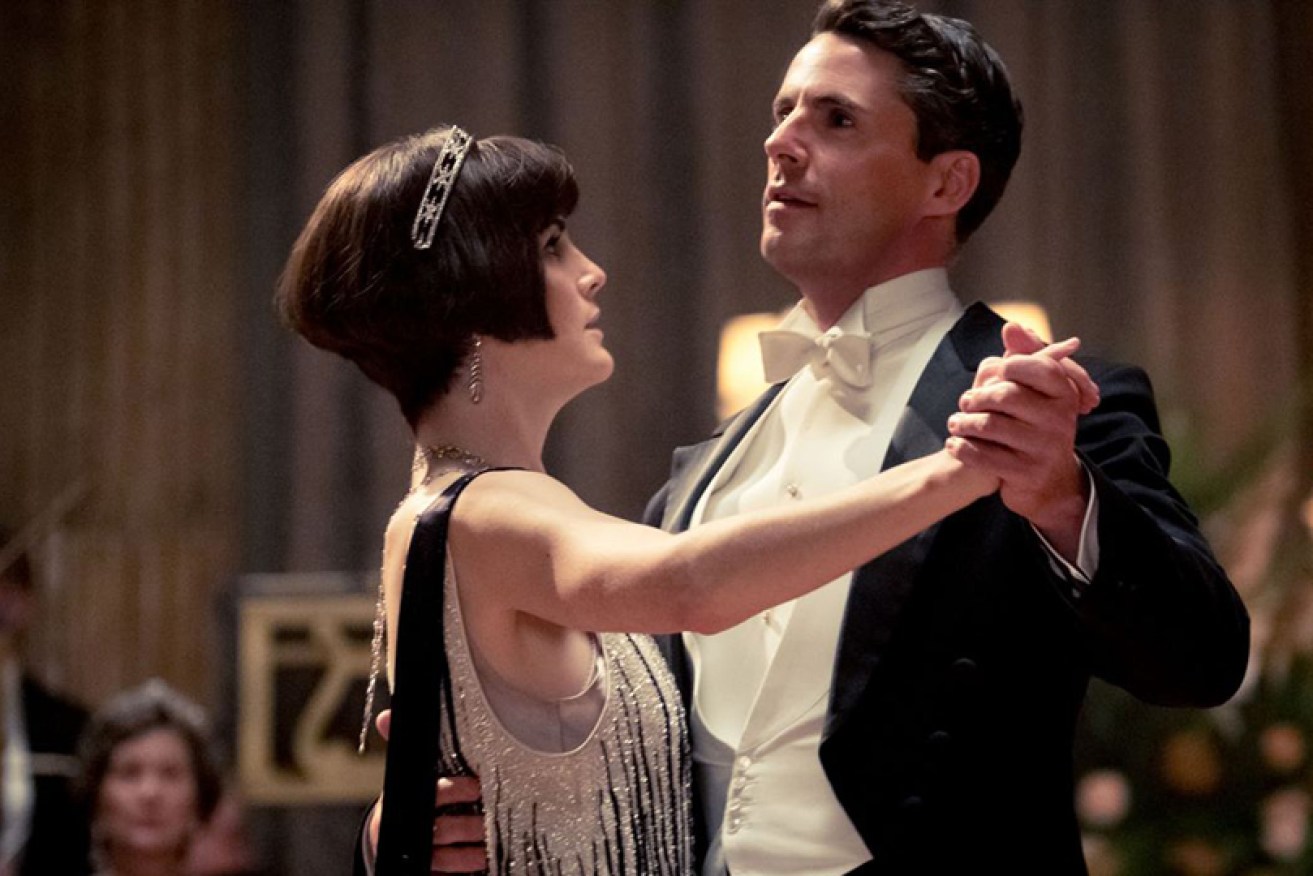
Lady Mary (Michelle Dockery) and Henry Talbot (Matthew Goode) cut a rug in the Downton Abbey movie. Photo: Focus Features
Women are often seen and not heard, the men are piggish, ‘polite’ society is racist and sexist, and inequality is rife.
It doesn’t sound very appealing to our modern sensibilities, so why are we so obsessed with period drama?
The impending Downton Abbey movie has fans of the six-season TV show tightening their corsets and brushing off their tuxedos for the reprise of the drama enveloping the Crawley family and their servants.
Set in England between 1912 and 1926, the series explores a period of change, when pre-World War I attitudes about love, sex, status, technology and fashion began to clash with post-war freedoms.
Lauded with Golden Globe and Emmy wins, the hit series gave equal airtime to the lives of the aristocratic Crawleys – Lord and Lady Grantham (Hugh Bonneville and Elizabeth McGovern), daughters Lady Mary (Michelle Dockery), Lady Edith (Laura Carmichael) and Lady Sybil (Jessica Brown Findlay) and Lord Grantham’s sensationally sharp-tongued mother the Dowager Countess (Dame Maggie Smith) – as to their virtual army of household servants led by Mr Carson (Jim Carter) and Mrs Hughes (Phyllis Logan).
In the film, set in 1927, a visit from George V and Queen Mary will “unleash scandal, romance and intrigue that will leave the future of Downton hanging in the balance”, according to the official website.
Good heavens.
So why does period drama appear to be so splendid? Jen Scouler, creator of Lost in Drama, a website devoted entirely to the genre, helps to unpack the attraction.
It’s all for the romance, darling
Like any good period drama, romance has been a central theme of Downton Abbey.
The great intrigue of the first two seasons was whether Lady Mary would marry her distant cousin and estate heir Matthew (Dan Stevens).
The idea of marrying up, and down, is pivotal, and most pronounced when chauffeur Tom Branson (Allen Leech) marries Lady Sybil.
Household courtships are also well explored with at least three marriages between staff over the seasons.
“Old-fashioned romance is something we are nostalgic for,” Ms Scouler said.
“There was no Tinder, and there was a little bit more restraint in terms of interactions. Everyone was kind of respectful and it is a very slow-burning romance.”

The Downton Abbey movie sees a visit from King George V (Simon Jones) and Queen Mary (Geraldine James). Photo: Focus Features
Everyone loves a scandal
It takes a lot for us to be scandalised these days, but in Downton’s era it was a constant danger thanks to strict rules of decorum.
Being gay? Out of the question. Sex before marriage? Definitely not. Having a child out of wedlock? Social suicide.
Downton Abbey has dealt with them all, and very well. And at the core of all this drama is usually a strong woman, fighting for her rightful place.
Ms Scouler says period dramas celebrate strong yet imperfect female characters and celebrate their wins within the confines of their society.
“I think people recognise that period dramas are very good for displaying women in all their complexities without necessarily shaming them for all their decisions,” she said.

Laura Carmichael (Edith) scandalised her family with an illegitimate child. Photo: Focus Features
Yearning for a simple life
Our modern world is so jam packed with digital overload and managing time-poor lifestyles that period dramas offer an alluring ‘simpler’ time (telegrams over Twitter, anyone?)
But life was less complicated because there were limited choices, especially for women and those of the ‘lower classes’ to whom service was a respectable job.
“In some ways it is somewhat reassuring that we are not stuck where they were,” Ms Scouler said.
“You’d say look how much choice we have now. But as women, we recognise that that’s not necessarily the case, we just have new barriers.”

The Crawleys live it up, old-school style. Photo: Focus Features
Upstairs, downstairs
The social hierarchy is arguably one of the genre’s greatest attractions.
The constant push-pull of the relationships between the Downton family and their household is fascinating.
They co-exist thanks to extraordinary protocols, from the language used, expectations of duty and appearance, and rules of segregation.
Interestingly, Ms Scouler says period dramas are very good at using historical references to reflect modern society.
“Some people would say they watch it because that’s how it used to be, but I think a lot of people recognise that inequality is still kind of under the surface in a lot of respects. It’s a way of understanding where it comes from and where it still exists,” she said.

Mr Carson (Jim Carter) and his beloved Downton Abbey. Photo: Focus Features
Costume drama
Obviously we love the fashions: The gowns, tuxedos, butler’s livery, tiaras. But it’s also the labour taken to appear perfectly groomed for every occasion.
The ladies and lord of Downton Abbey are literally dressed by servants – do they ever brush their own hair?
It’s a sharp contrast to 21st century standards where people pop down to the shops in their PJs and Ugg boots.
“Abominable,” I hear the Dowager Countess remark.
Downton Abbey is in cinemas from September 12
